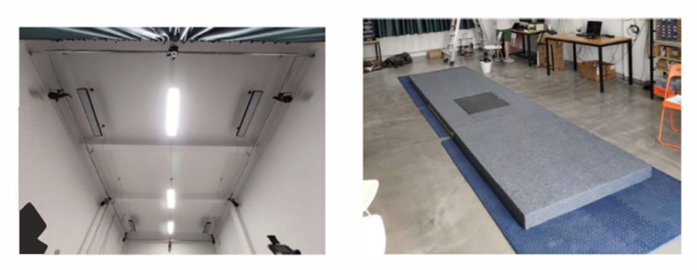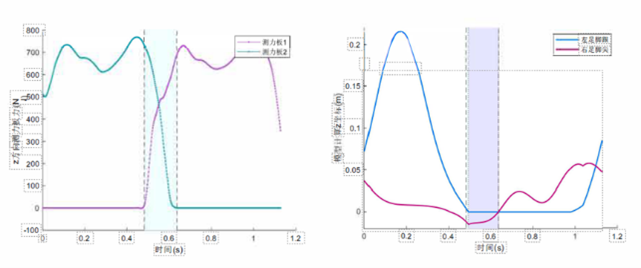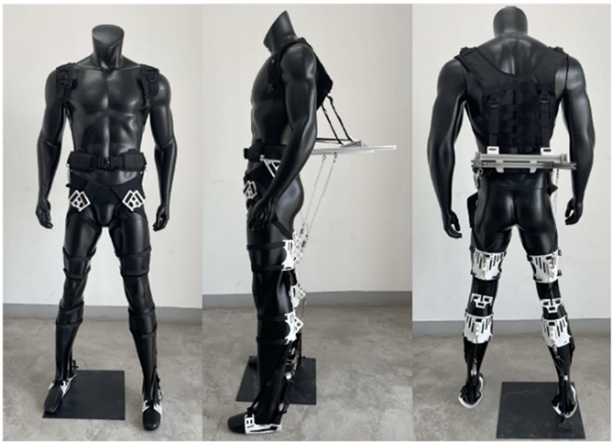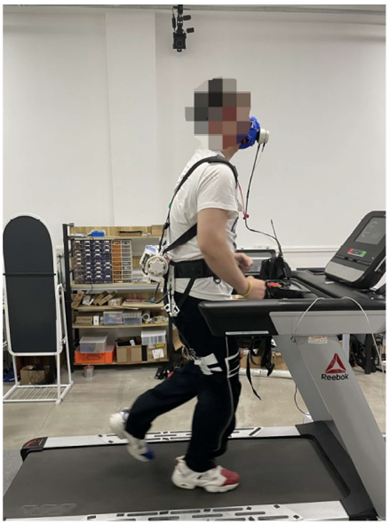An accurate human-machine coupling model is very important in exoskeleton research, as it provides the foundation for predicting the direct impacts of an exoskeleton system on the human body, allowing such systems to minimize injuries and energy loss. A proper model may also help optimize the design and performance of exoskeleton systems, making them easier and more comfortable to control.
A research team at the South China University of Technology proposed a new model for human exoskeleton robots. They verified the accuracy of this model’s kinematics calculations through dynamic experiments and applied the model to design a new power-assisted passive exoskeleton system that made an improved optimization of the control curve of electromechanical exoskeletons.
Kinetic Experiments
The research team utilized the NOKOV optical motion capture system to obtain position, speed, acceleration, and other relevant data of each point on various subjects. This data was then input into the model to compute the gait data and the reaction force of the ground during the double support stage. Data was collected through the implementation of the force plate measuring the point at which both feet made contact with the ground. A comparison was made between the data calculated by the model and the force plate data in order to indirectly verify the accuracy of the model's kinematic calculations.

Optical motion capture system and force measurement platform

Kinematic double-support stage recognition experiment plot
Design and control optimization of the exoskeleton robot
After establishing the theoretical model, the lower limb exoskeleton robot was designed and optimized based on the model. A set of passive multi-cooperative exoskeleton prototypes were developed and tested through metabolic experiments. The experiment verified the effectiveness of the exoskeleton in terms of energy consumption. Results showed that on average, human metabolism was reduced by 4.40% while wearing the passive exoskeleton, validating its design.

Passive multi-synergistic exoskeleton experimental prototype
Furthermore, an experiment was conducted to optimize the output force of the electromechanical exoskeleton. By inputting a control curve into the hip-mounted exoskeleton, the force curve output was compared to analyze its ability to reduce energy consumption in the human body. The results showed a 1.38% reduction in human metabolism on average, indicating the effectiveness of the hip-mounted electromechanical exoskeleton in reducing energy consumption.

Experiment with hip electromechanical exoskeleton robot and metabolic tester
Bibliography:
Research on Human-Machine Coupling Model and Its Application in the Design of Lower Limb Exoskeleton